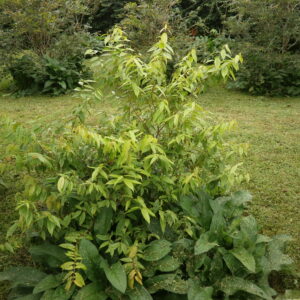
Related products
-
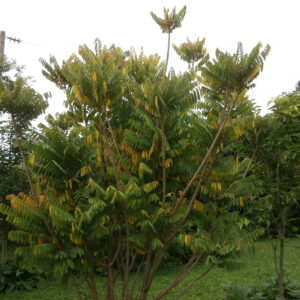
Cucumber tree
Fruit orchard ₡4,400.00 Add to cart
Cucumber tree
₡4,400.00
SKU: 1380 Category: Fruit orchardScientific name: Averrhoa bilimbi
Family: Oxalidaceae
Origin: Malesia
Medicinal use: It is a tree that produces fruits of the genus Averrhoa, family Oxalidaceae. In the Philippines, where it is commonly found in home gardens, the fruits are eaten raw or flavored with rock salt. It can be prepared as a curry or added as an acidic agent in the Filipino dish called sinigang. Additionally, the fruit can be preserved as a pickle, which reduces its acidity. Sometimes its flowers are preserved in sugar.
22 in stock
-
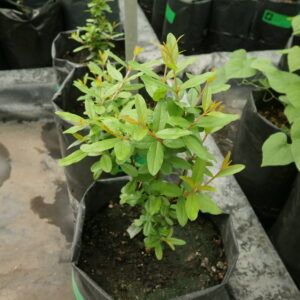
Pomegranate
Fruit orchard ₡2,550.00 Add to cart
Pomegranate
₡2,550.00
SKU: 0876 Category: Fruit orchardScientific name: Punica granatum
Family: Lythraceae
Origin: Iran and India
Medicinal use: The pomegranate (Punica granatum) is a small deciduous fruit tree of the Lythraceae family, whose fruit is the pomegranate. The fruit is in a 5-12 cm balausta, spherical, leathery, reddish or reddish-yellow. Although the species is not native to Japan, it is widely cultivated in this country. Pomegranate juice is used as a natural dye in factories for non-synthetic products. The fruit is eaten fresh, grain by grain, removing the rind and bitter flakes.
89 in stock
-
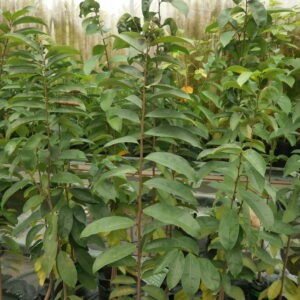
Soursop
Fruit orchard ₡3,750.00 Add to cart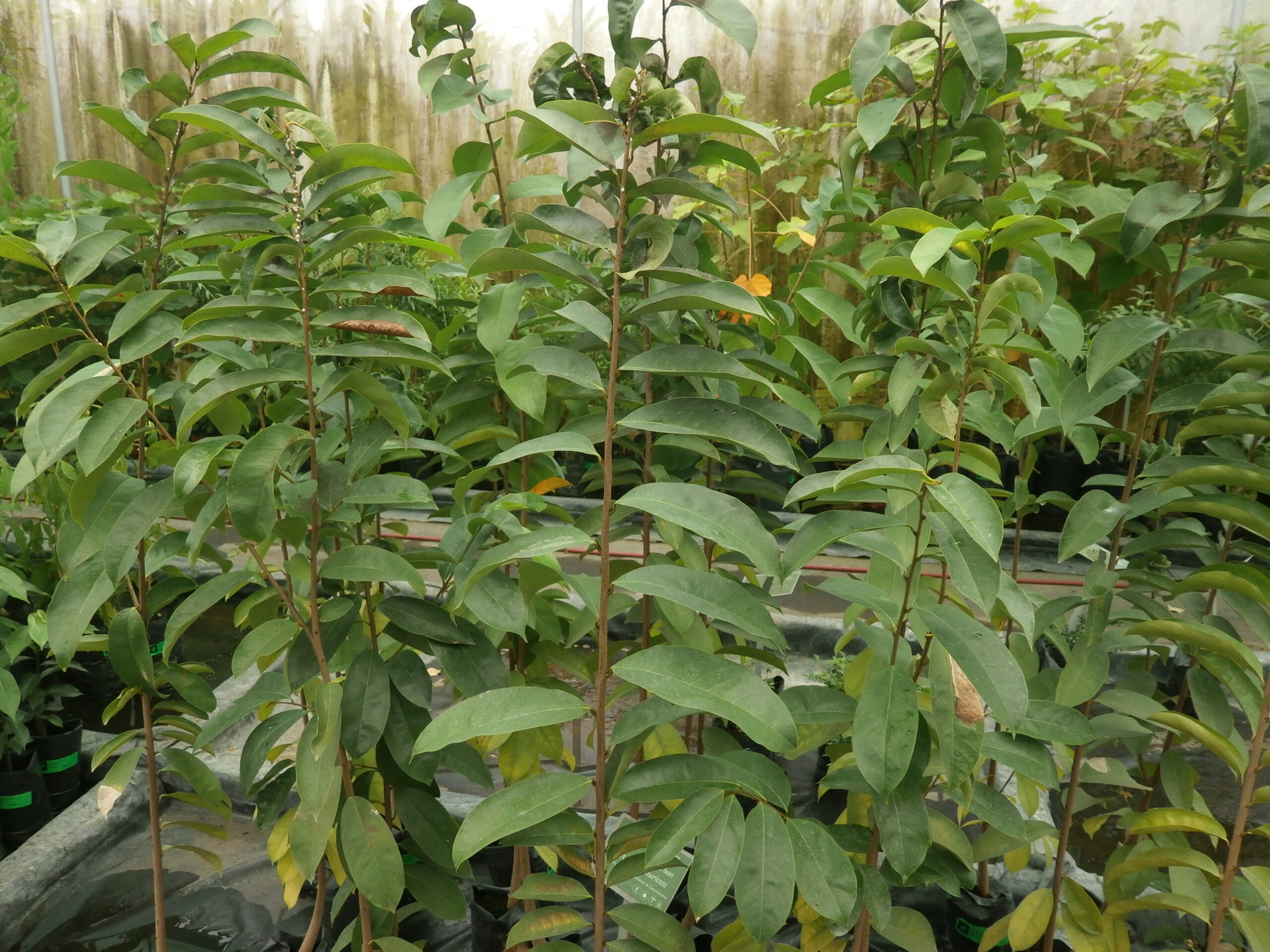
Soursop
₡3,750.00
SKU: 0900 Category: Fruit orchardScientific name: Annona muricata
Family: Annonaceae
Origin: Mexico and Tropical America
Medicinal use: Annona muricata, the soursop name of Taino origin, is cultivated for its edible fruits in many countries with a tropical climate. Both the fruit and the leaves of A. muricata are attributed medicinal properties. The most widespread is that it cures cancer but does not specify what type of cancerous tumor. The fruit has a delicious sweet and sour taste, ideal to consume in juices and smoothies; but also the leaves of the graviola have medicinal properties.
9 in stock
-

Mangosteen, Lemon drop
Fruit orchard ₡2,550.00 Add to cart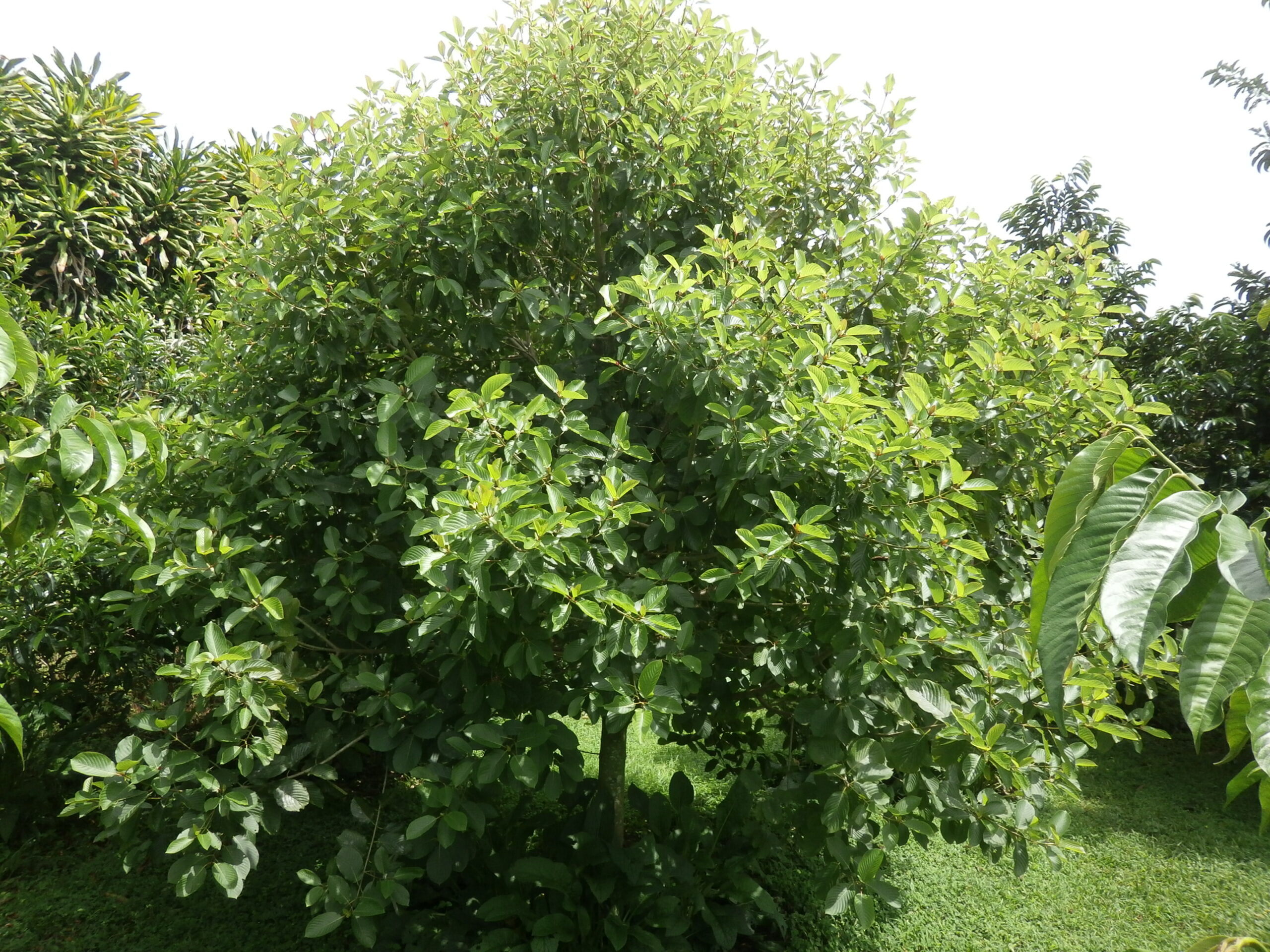
Mangosteen, Lemon drop
₡2,550.00
SKU: 1105 Category: Fruit orchardScientific name: Garcinia intermedia
Family: Clusiaceae
Origin: Mexico and C America
Medicinal use: The jorco (Garcinia intermedia) is an evergreen tree of the Clusiaceae family of edible fruits. They are also called mameyillo. The fruit is a spheroid capsule that measures between 2 to 5 cm long and up to 6 cm in diameter. The scarce pulp or edible part has an acid taste, said fruit is eaten ripe or raw.
21 in stock

